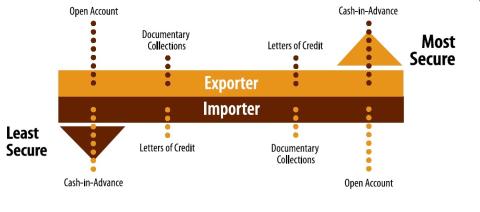
Payment Methods in Import Export Business Explained
Getting paid reliably is as important as delivering the goods. Below are the common payment methods used in international trade with a clear, step-by-step explanation, risks, pros/cons and when to use each.
1. Advance Payment (Cash in Advance)
What it is: Buyer pays (partially or fully) before seller ships goods.
- Buyer and seller agree terms (e.g., 30% advance, 70% on shipment).
- Buyer makes payment to seller’s bank account or via an agreed payment platform.
- Seller confirms receipt, arranges production and shipment.
Pros: Zero payment risk for exporter; simple.
Cons: Buyer bears risk — hard to find buyers for new relationships.
Best for: New buyers, custom/small production, high-risk markets.
2. Open Account
What it is: Seller ships first; buyer pays later per agreed credit terms (e.g., 30/60/90 days).
- Agree credit terms in sales contract.
- Seller ships and sends invoice and documents to buyer.
- Buyer pays on the due date.
Pros: Attractive to buyers, increases competitiveness.
Cons: High risk for seller (non-payment). Requires trust or mitigation (insurance).
Mitigations: Trade credit insurance, factoring, buyer credit checks, letters of credit if risk changes.
3. Documentary Collection (through banks) — D/P and D/A
What it is: Seller’s bank forwards shipping documents to buyer’s bank with instructions to release documents against payment (D/P) or acceptance (D/A).
D/P — Documents Against Payment
- Seller ships goods and presents documents to their bank (remitting bank).
- Remitting bank sends documents to the buyer’s bank (collecting bank) with instructions D/P.
- Buyer pays the collecting bank; documents (title) are released so buyer can clear goods.
Risk: Buyer may refuse to pay — seller retains title but not cargo.
D/A — Documents Against Acceptance
- Same as above but collecting bank releases documents when buyer accepts a bill of exchange (a promise to pay later).
- Seller must pursue payment later or rely on accepted bills (credit risk).
Pros: Cheaper than LC, better for established relationships.
Cons: Less secure than LC — payment is not guaranteed by banks (except for D/P immediate payment).
4. Letter of Credit (LC) — Step by Step
What it is: Bank guarantees payment to the seller if seller meets documentary terms specified in the LC. LCs are governed by UCP rules in most cases.
- Buyer and seller agree to use LC in the contract and specify LC terms (amount, expiry, documents required).
- Buyer applies to their bank (issuing bank) to open the LC in favor of the seller.
- Issuing bank issues LC and forwards to the advising/confirming bank (seller’s bank).
- Seller ships goods and presents documents to the advising/confirming bank.
- Bank checks documents against LC terms. If compliant, bank pays (at sight) or accepts bill of exchange (usance LC).
- Issuing bank reimburses the advising/confirming bank; buyer reimburses issuing bank per agreement.
Types & notes: Irrevocable LC (commonly used), confirmed LC (adds seller’s bank guarantee), transferable LC, standby LC (acts like a bank guarantee).
Pros: High security for seller, banks handle documentary payment.
Cons: Costly (bank fees), strict documentary compliance — discrepancies can delay payment.
Best for: New trading relationships, high-value shipments, or when seller needs bank guarantee.
5. Consignment
What it is: Seller ships goods but payment is only made when goods are sold by the consignee (buyer or agent) in the destination market.
- Seller ships goods to consignee and retains legal title under agreed terms.
- Consignee sells goods locally and remits proceeds per agreed schedule (after commission/deductions).
Pros: Encourages buyer to stock more; useful to penetrate new markets.
Cons: Very high risk for seller — payment depends on final sale; use only with trusted partners.
6. Bank Guarantees & Standby Letters of Credit (SBLC)
What they are: Bank guarantees assure performance or payment. SBLC functions as a fallback payment mechanism if buyer fails to pay under the primary contract.
- Buyer’s bank issues guarantee in favor of seller.
- If buyer defaults, seller claims under guarantee by presenting required documents.
Use cases: Performance guarantees, advance payment guarantees, bid bonds, and standby LCs for high-value contracts.
7. Escrow Services & Online Payment Platforms
What they are: A neutral third-party (escrow provider or payment gateway) holds funds until contract conditions are met.
- Buyer deposits funds in escrow when order is placed.
- Seller ships and uploads proof (tracking, documents).
- Escrow releases funds to seller when predefined conditions are satisfied.
Pros: Good for B2C/B2B e-commerce, reduces buyer/seller mistrust.
Cons: Fees, not always suitable for large commercial shipments unless specialized escrow/trade platforms are used.
8. Trade Finance: Factoring, Forfaiting & Supply Chain Finance
- Factoring: Seller sells receivables (invoices) to a factor for immediate cash (less fee). Useful with open account terms.
- Forfaiting: Exporter sells medium/long-term receivables (usually backed by LC or promissory notes) to a forfaiter without recourse.
- Supply Chain Finance / Reverse Factoring: A bank or platform pays the seller early based on buyer credit quality; buyer pays bank later.
Benefits: Improves seller cash flow, reduces buyer payment friction.
9. Card Payments & Digital Wallets (B2C / small B2B)
For smaller cross-border sales, payment via cards, PayPal, Stripe, or other payment gateways is common. Advantages: speed and convenience. Limitations: fees and chargeback risk.
10. How to Choose the Right Payment Method — Quick Decision Guide
- Priority = Payment security: Use Advance Payment, Confirmed LC, or Bank Guarantee.
- Priority = Competitiveness / Buyer credit: Use Open Account + credit insurance or Supply Chain Finance.
- New buyer / unknown market: Prefer LC or advance payment.
- Established buyer / low risk: Open account or D/P may be acceptable.
- Large capital goods / long credit term: Forfaiting or SBLC might suit.
11. Practical Tips to Reduce Payment Risk
- Always include clear payment terms in the sales contract (Incoterms, payment currency, deadlines, penalties).
- Do buyer credit checks and request trade references.
- Use a reputable bank and confirm LCs if you have country/bank risk concerns.
- Consider trade credit insurance to cover non-payment or political risk.
- Use escrow for one-off or online transactions.
- Document every step — invoices, packing lists, bills of lading, inspection certificates — to support claims if needed.
12. Sample Contract Payment Clause (example)
“Payment terms: 30% advance by telegraphic transfer on order confirmation; balance 70% by irrevocable confirmed Letter of Credit at sight issued by buyer’s bank and confirmed by seller’s bank. Partial shipments allowed. Currency: USD.”
Conclusion
Each payment method balances speed, cost and risk differently. Match the method to your trust level with the buyer, size of transaction, market risk and your cash-flow needs. Use bank instruments (LC, guarantees) when you need security; use open account and supply-chain finance to win business when you can manage credit risk through insurance or receivable financing.

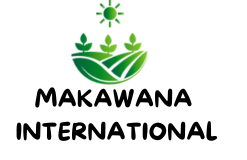


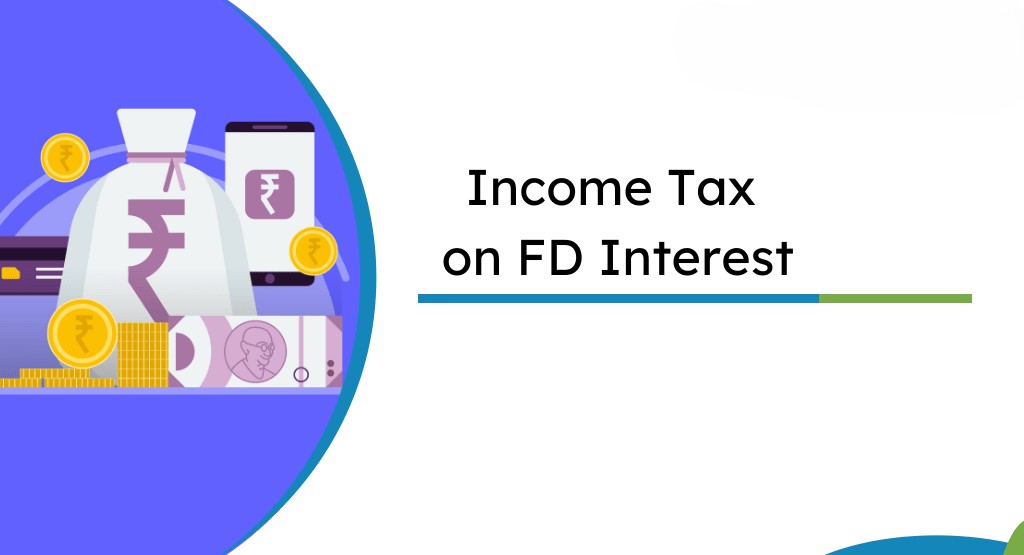

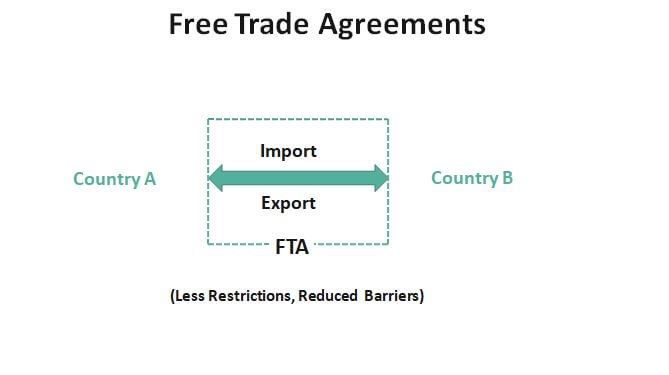







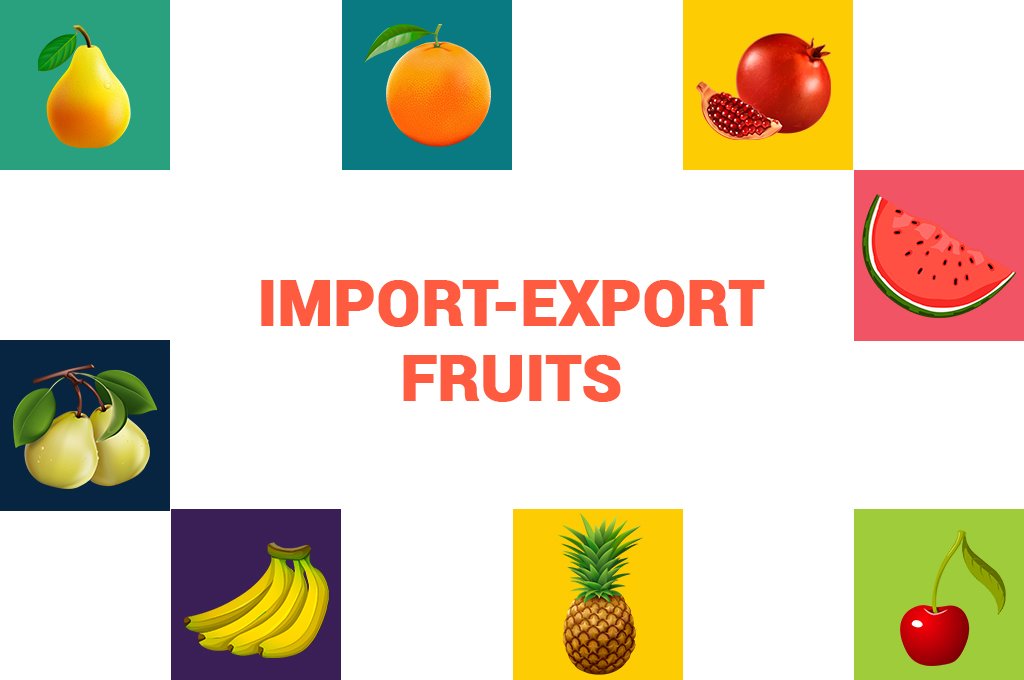








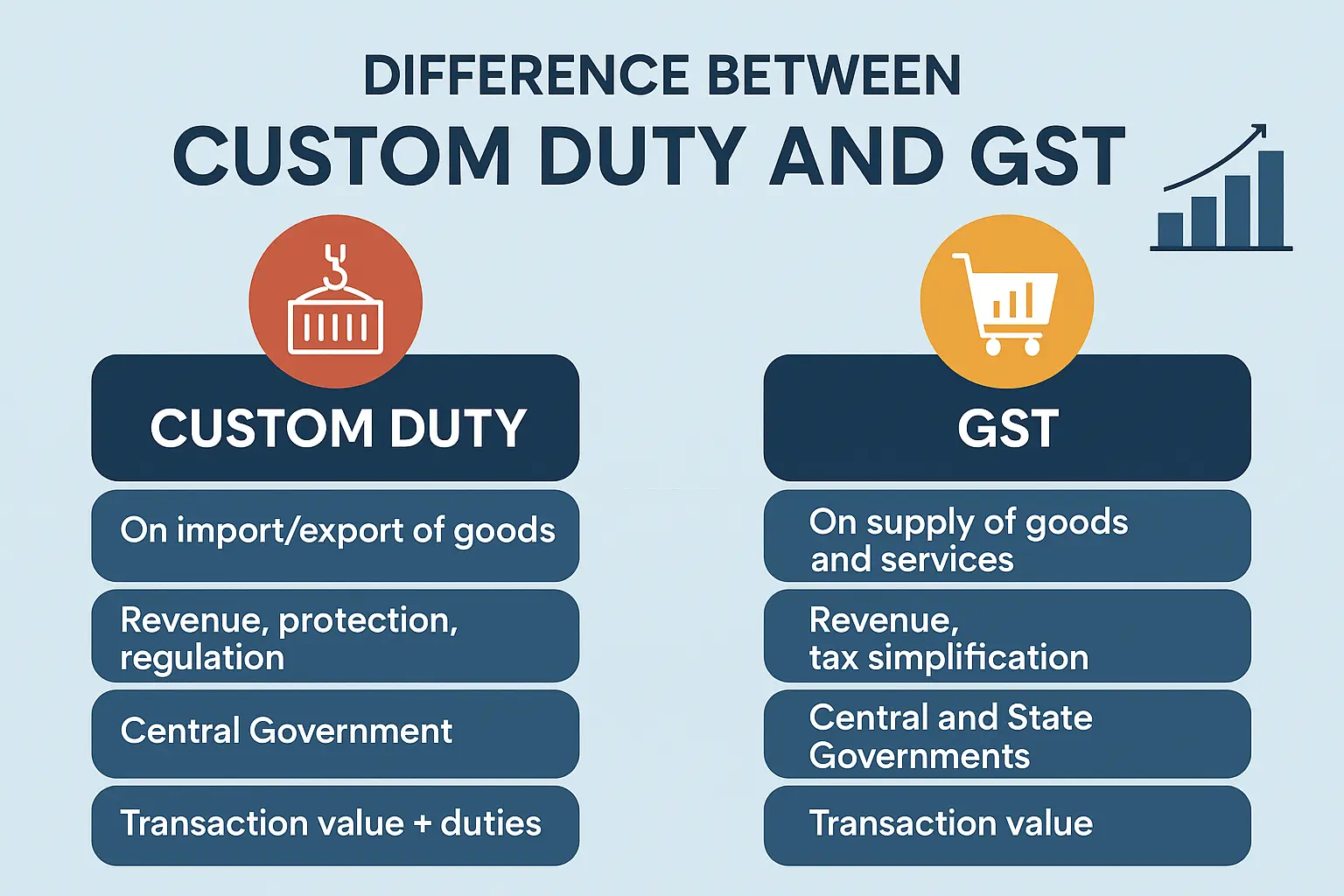

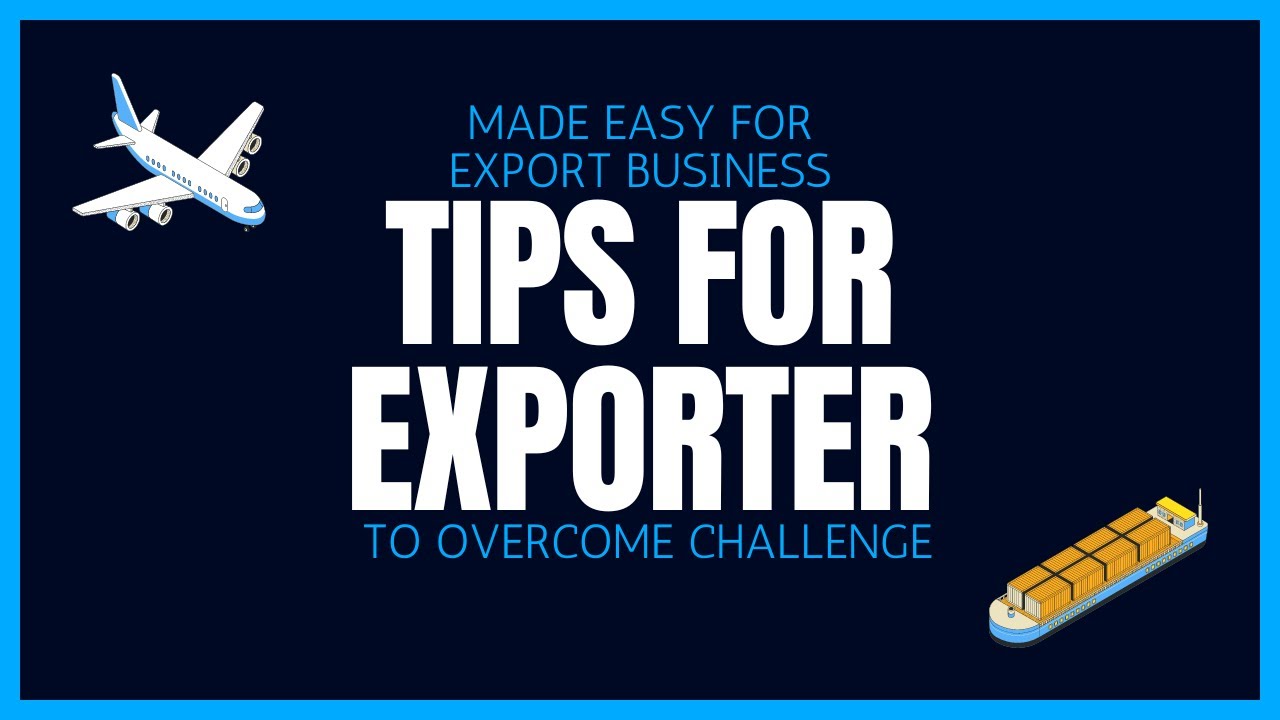
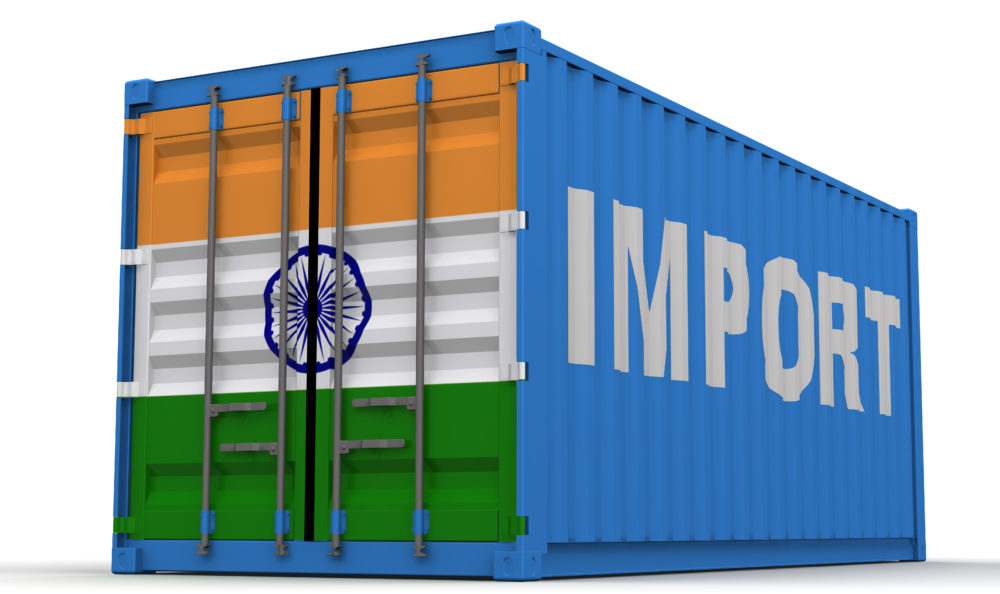



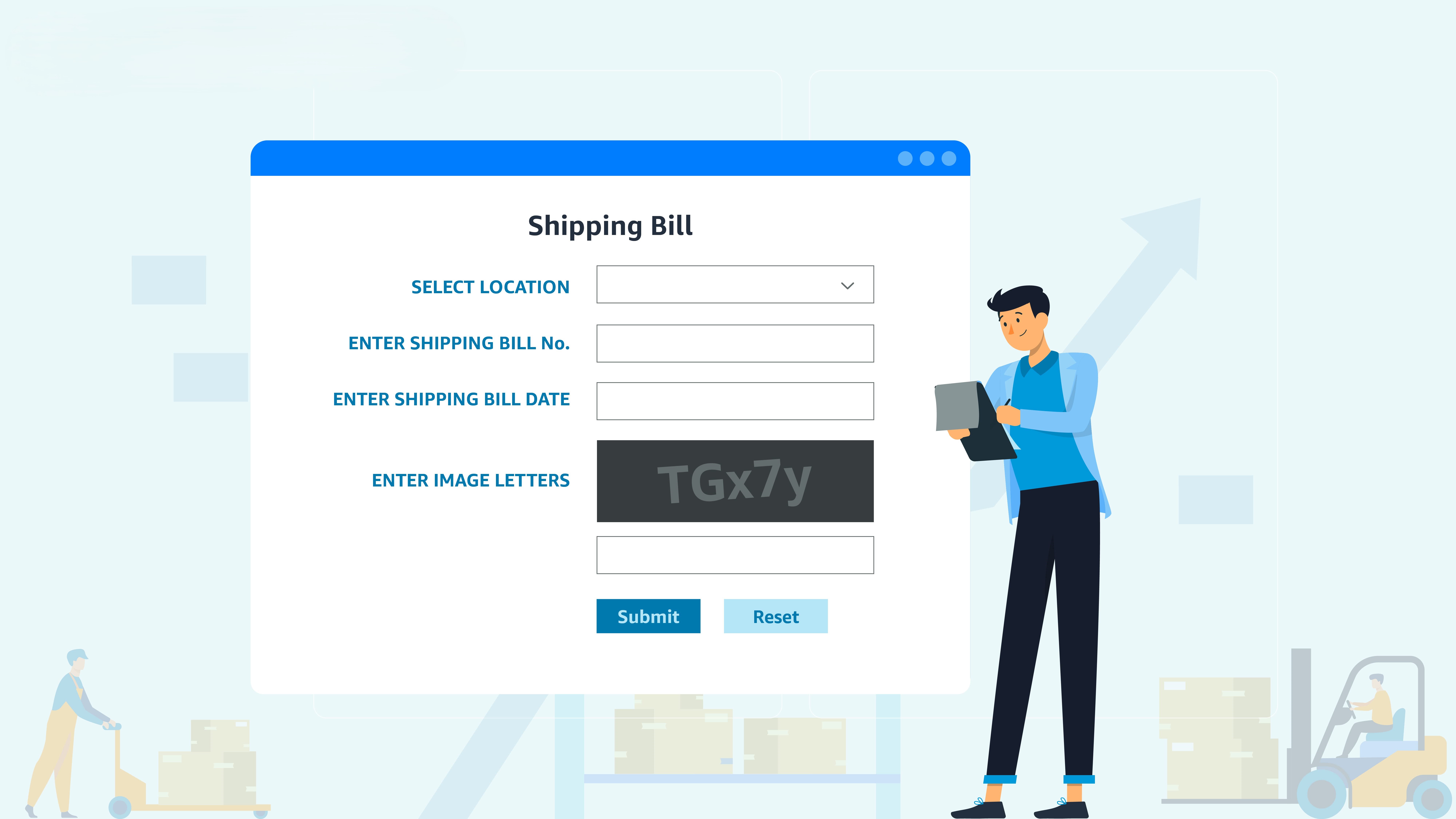
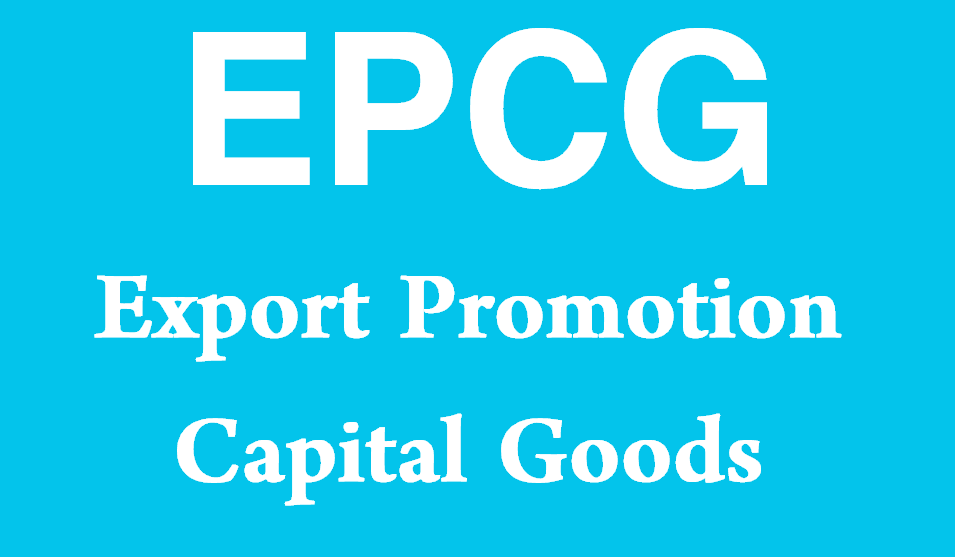
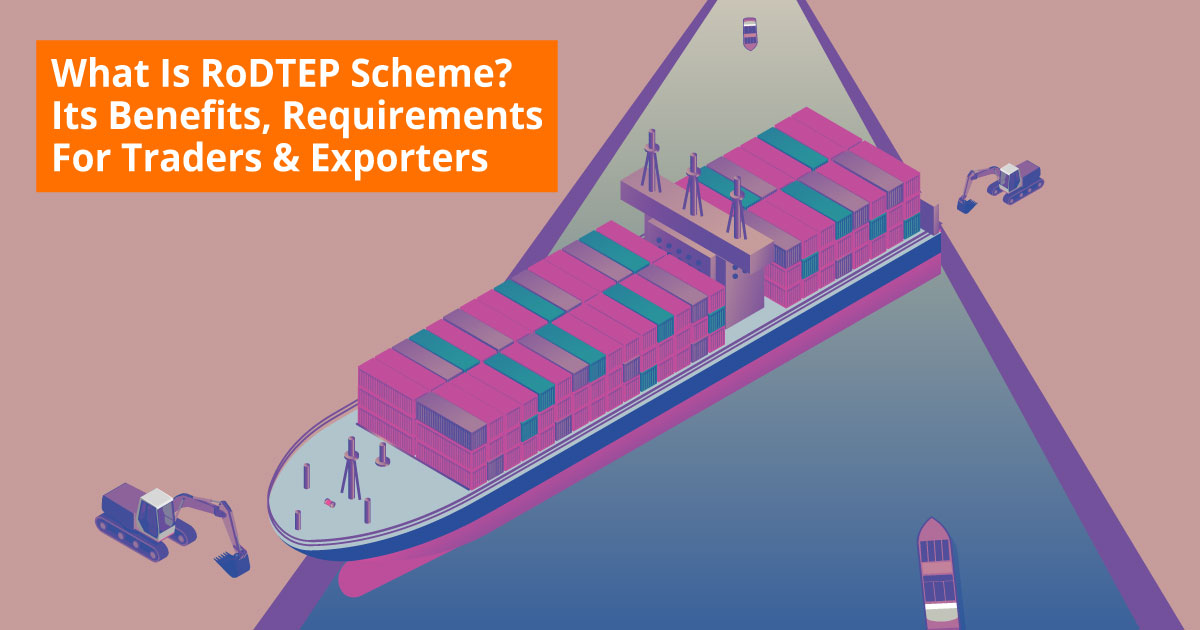

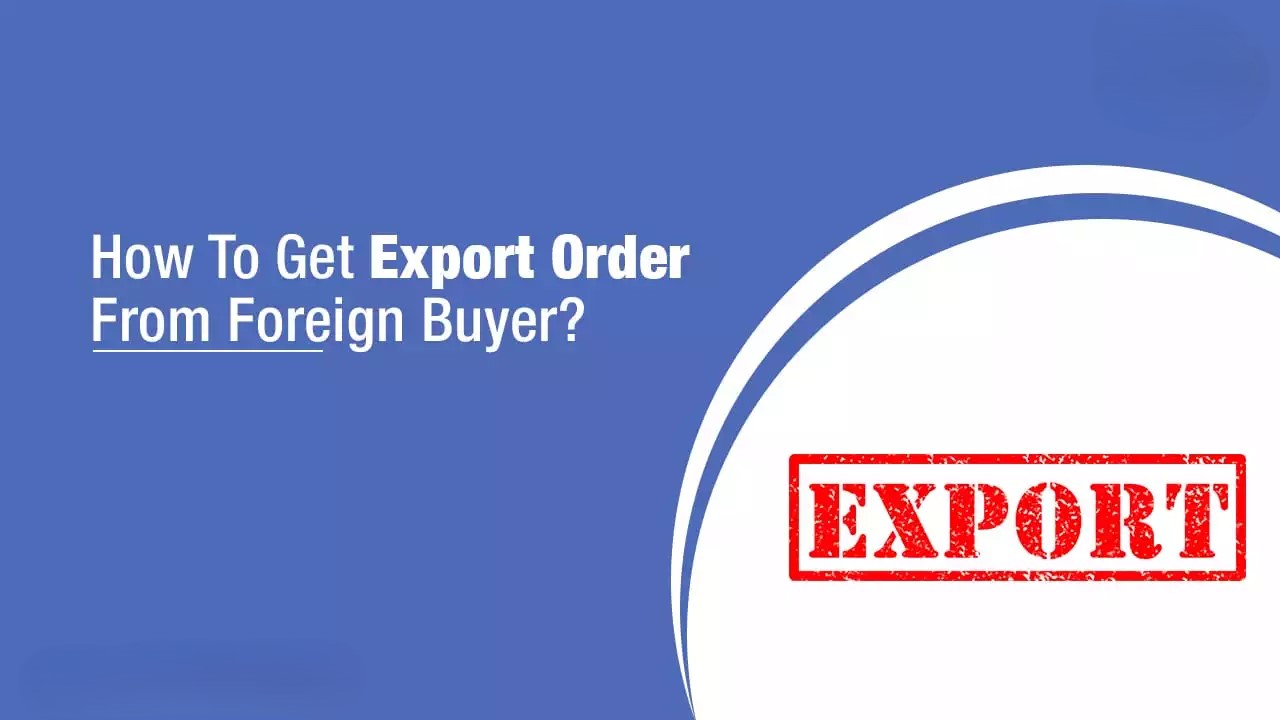







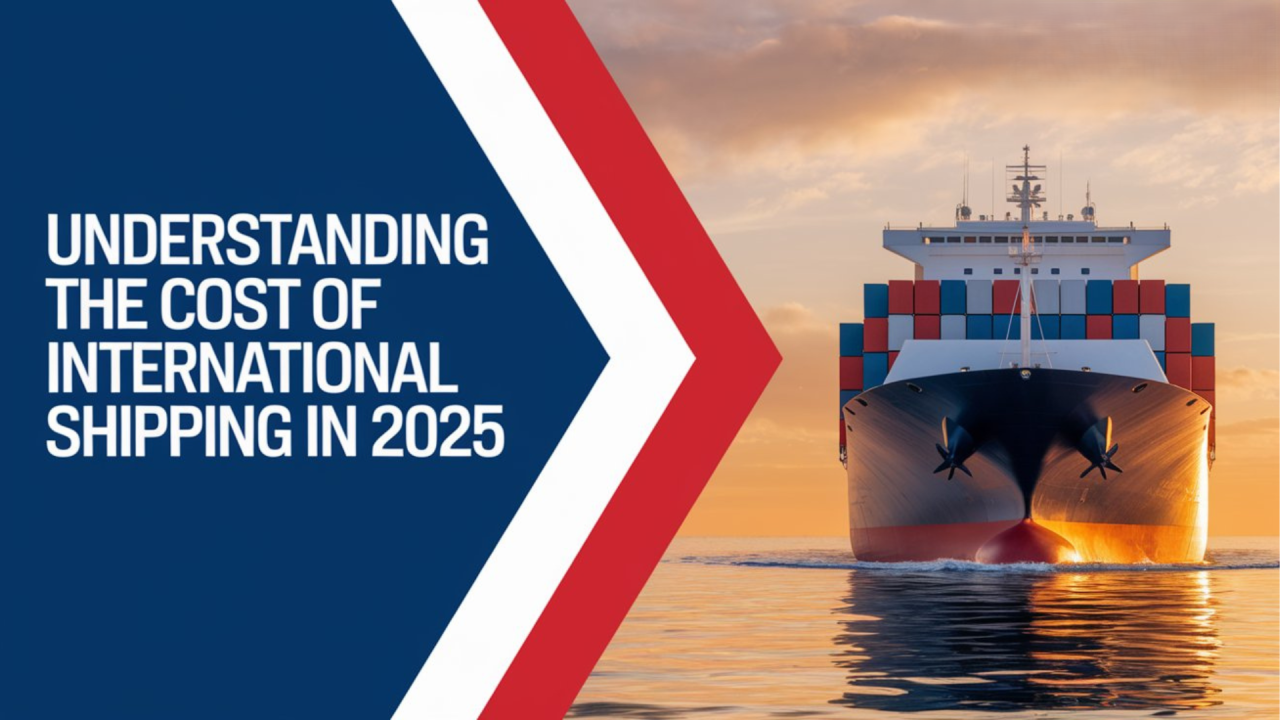


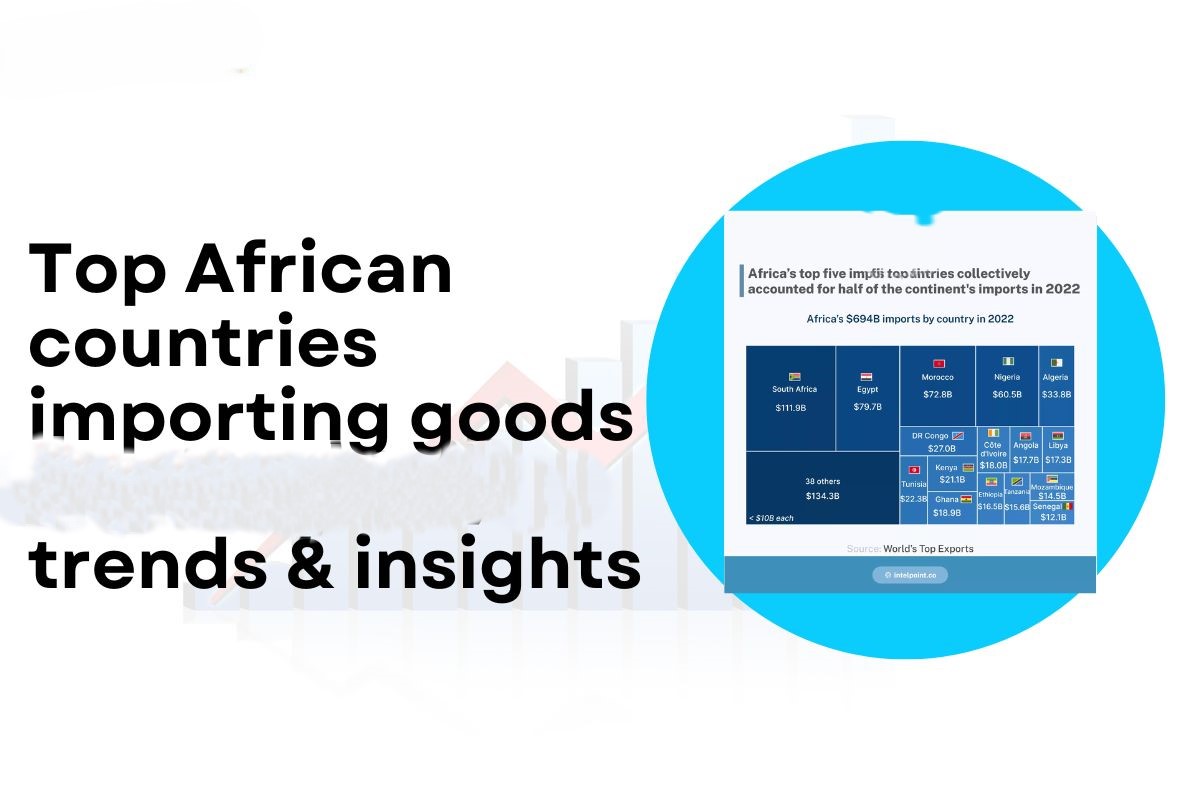


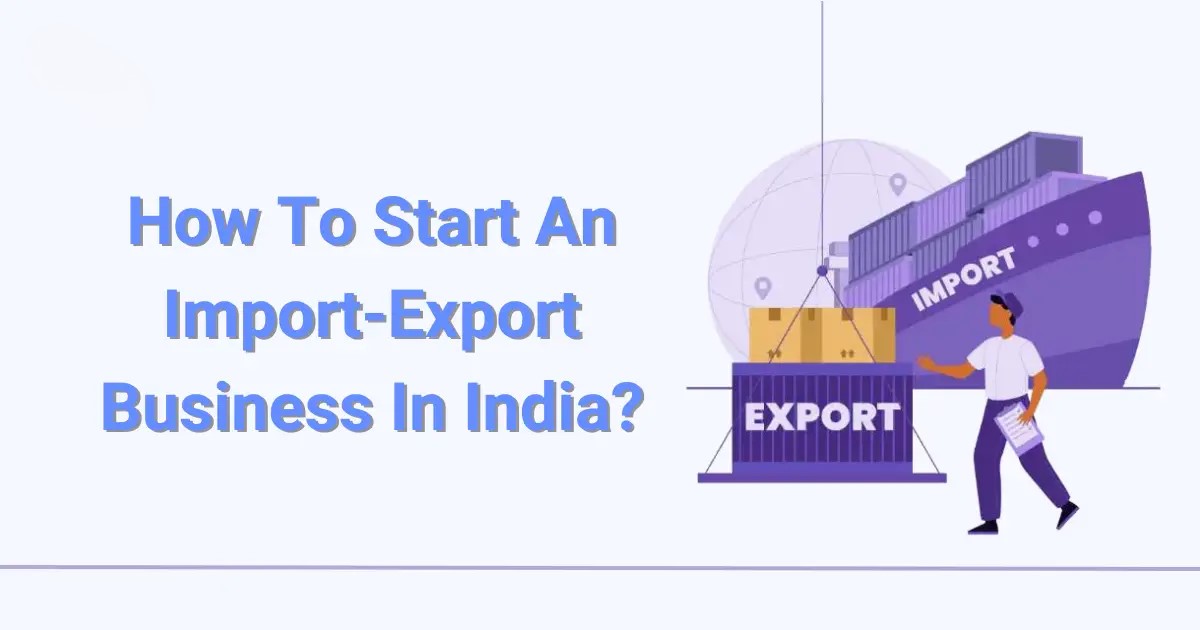




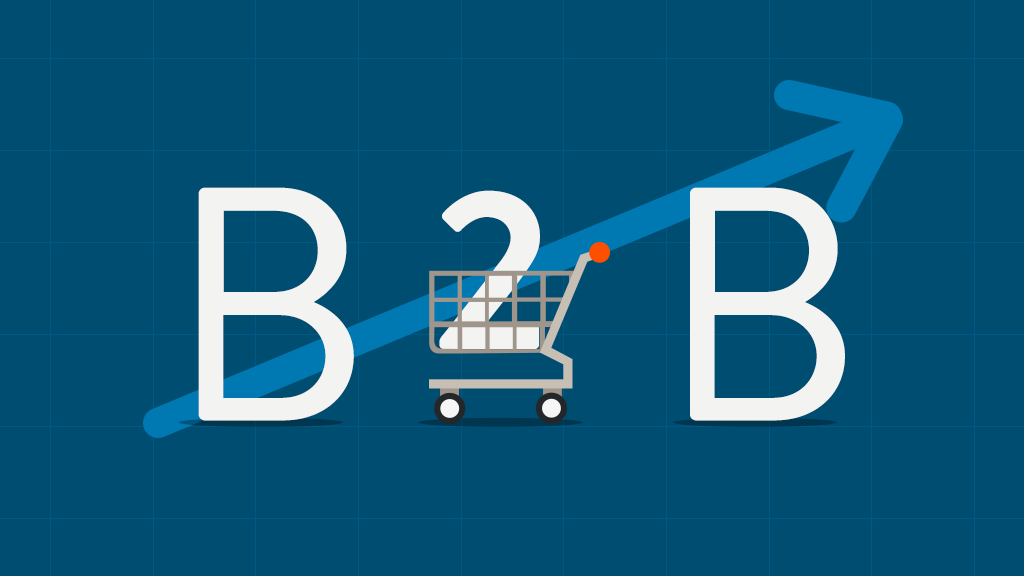

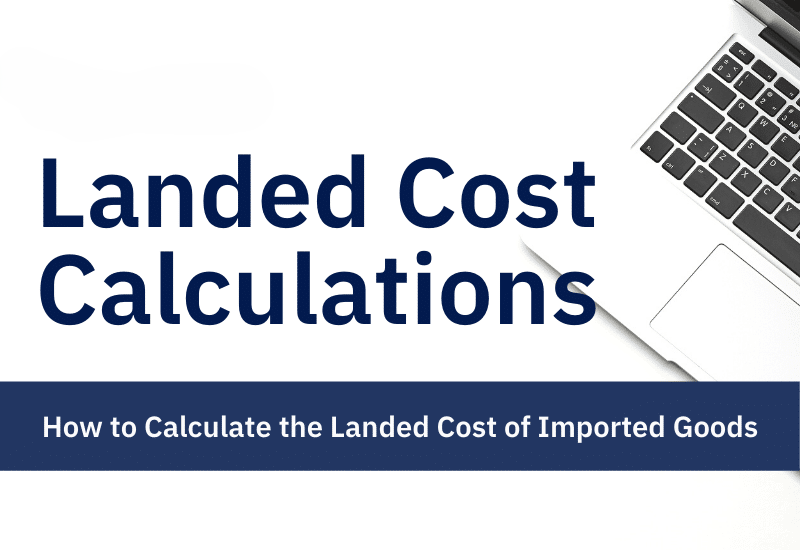
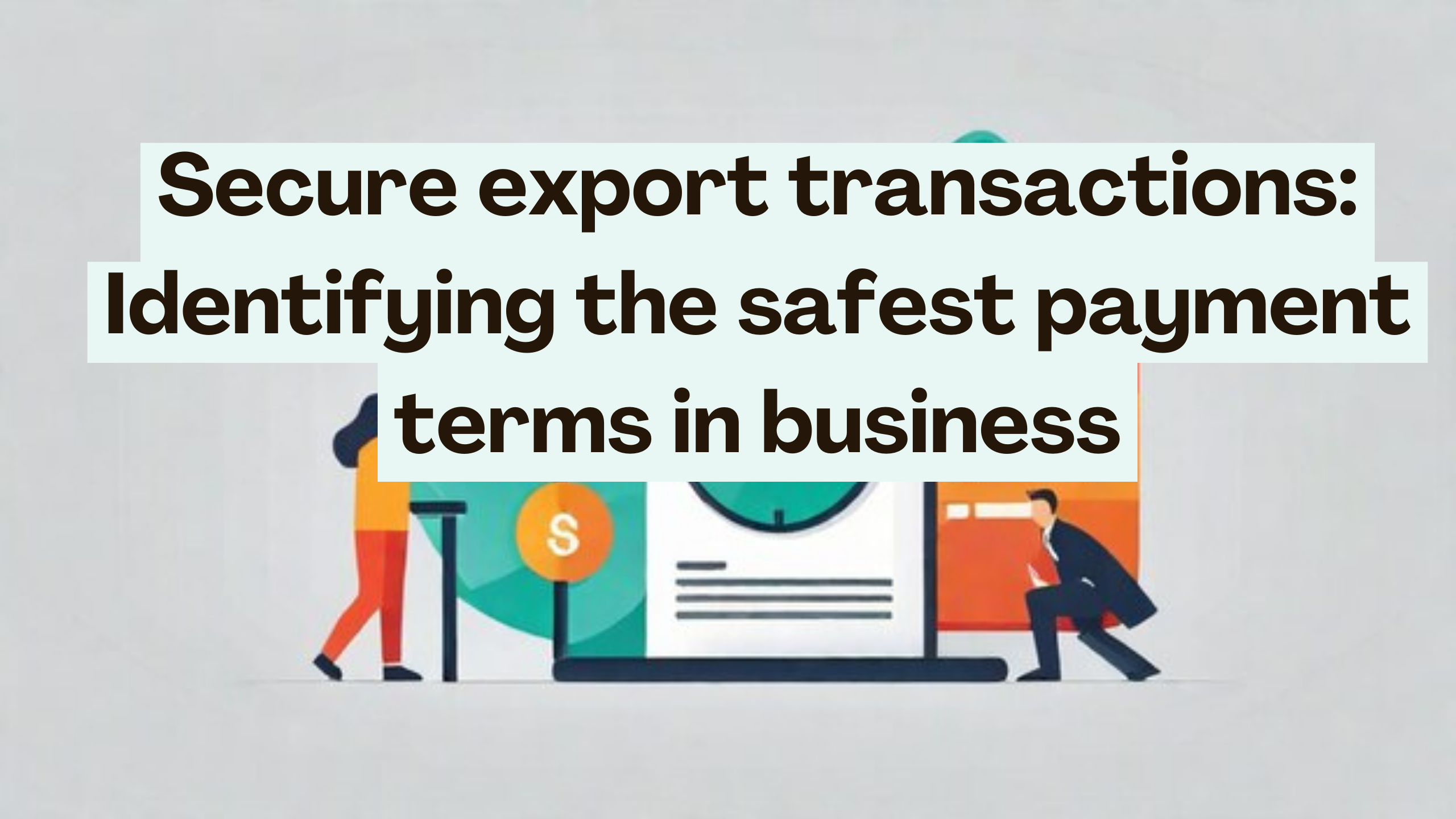
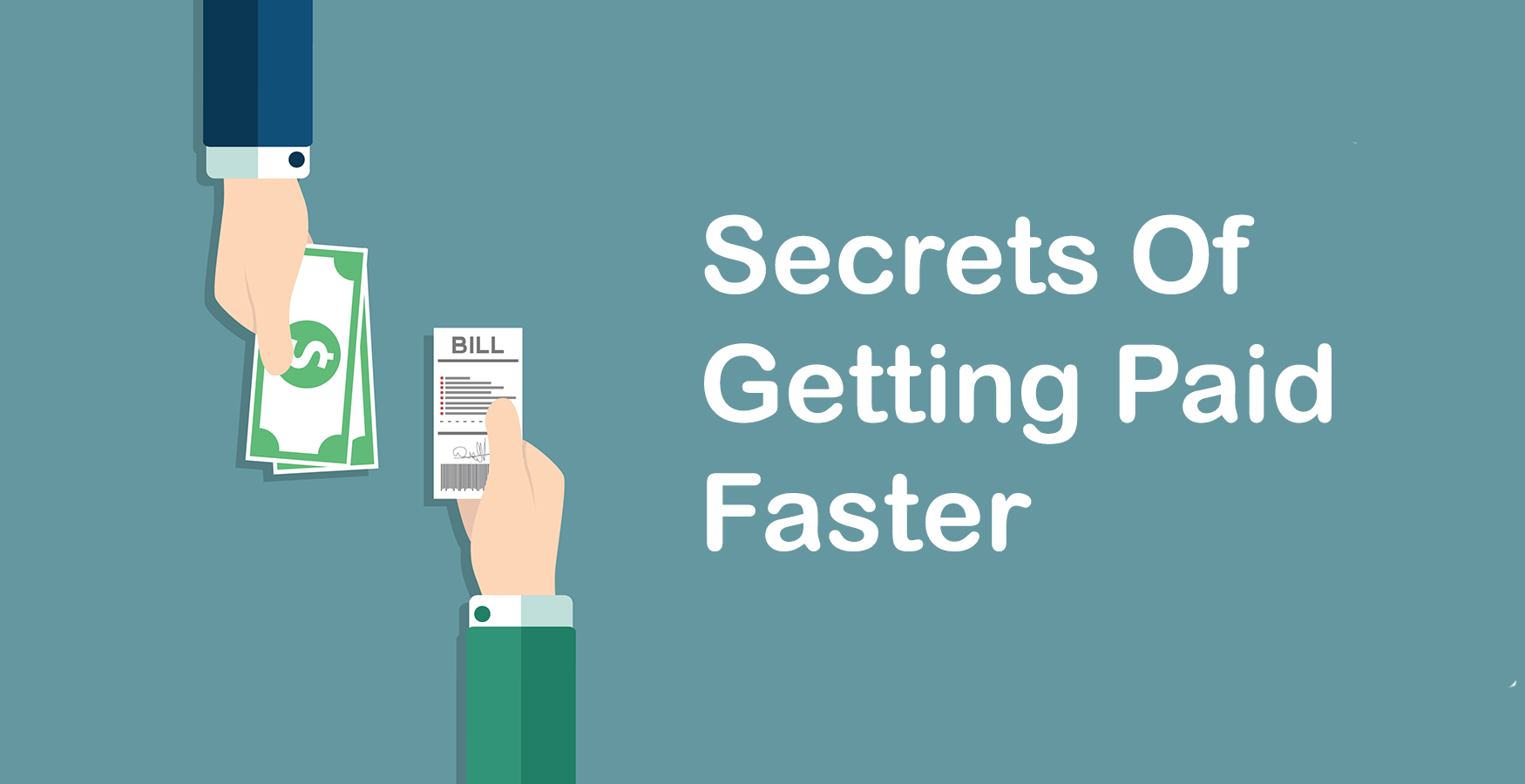

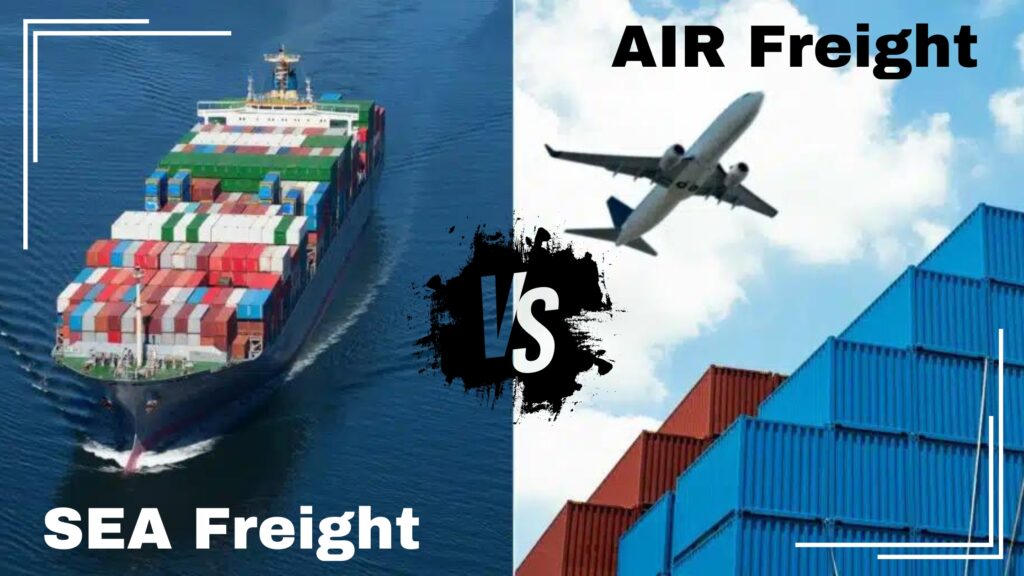

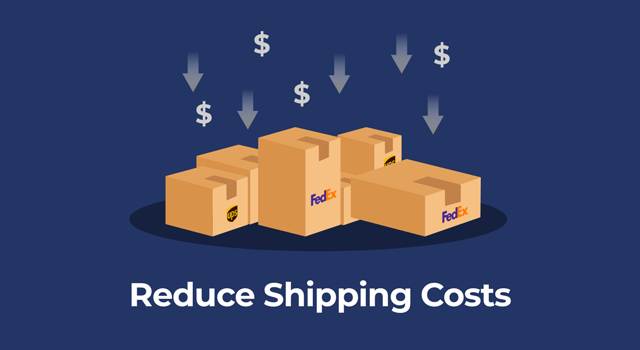


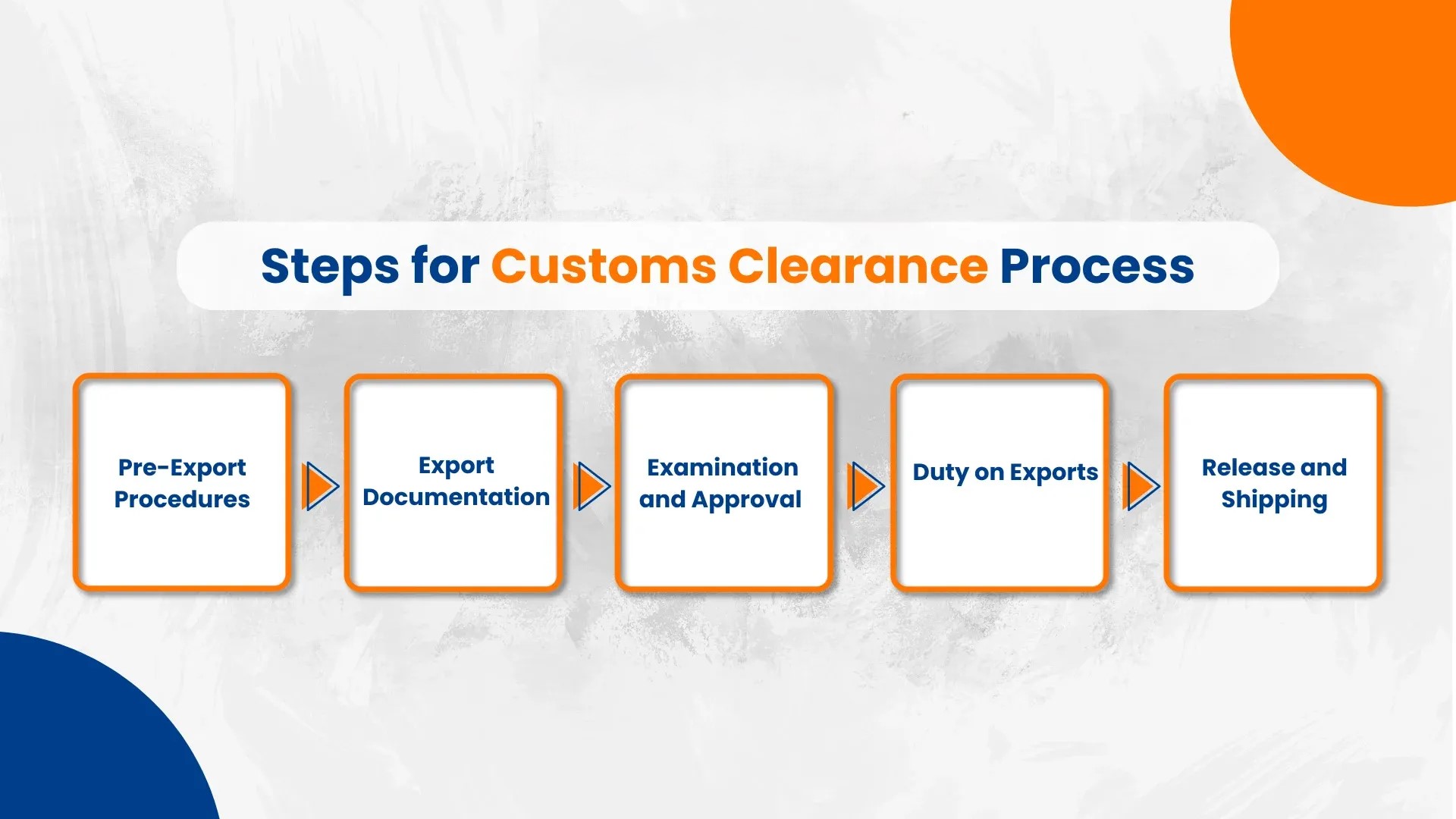






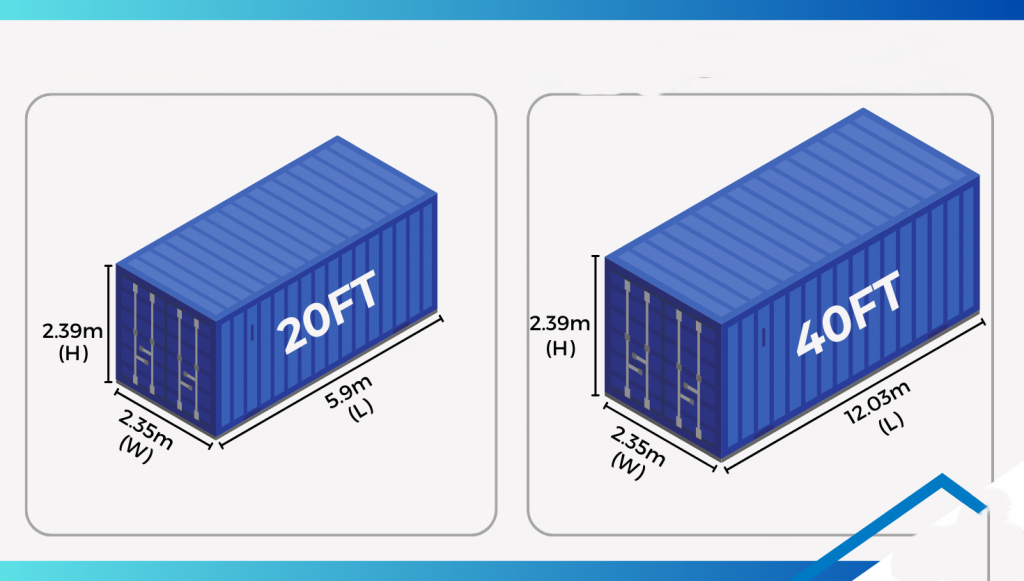
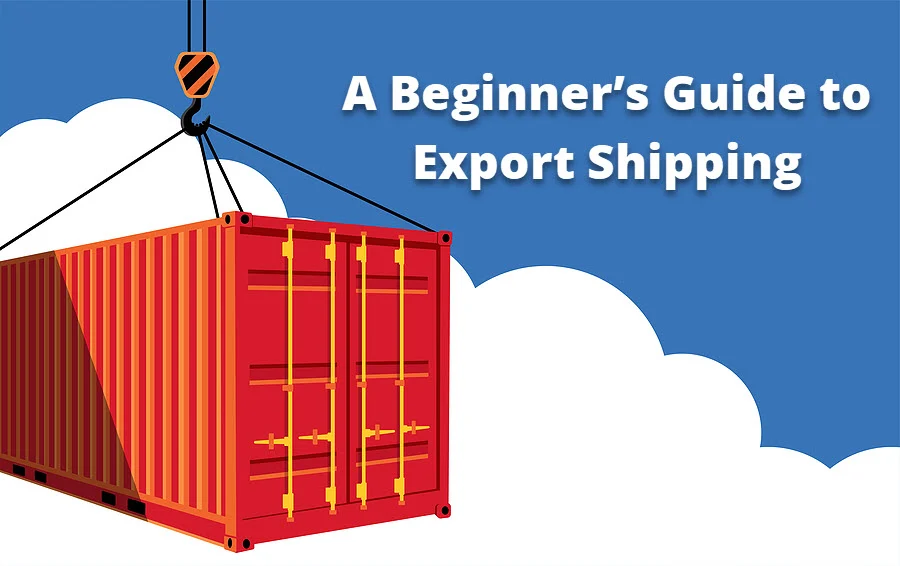
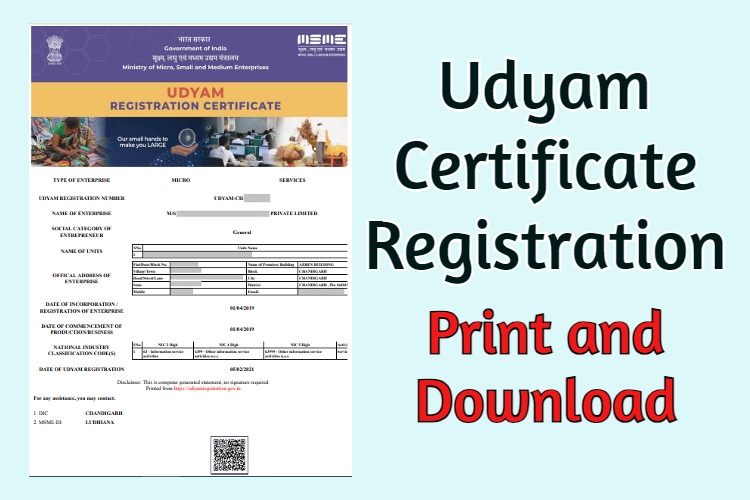
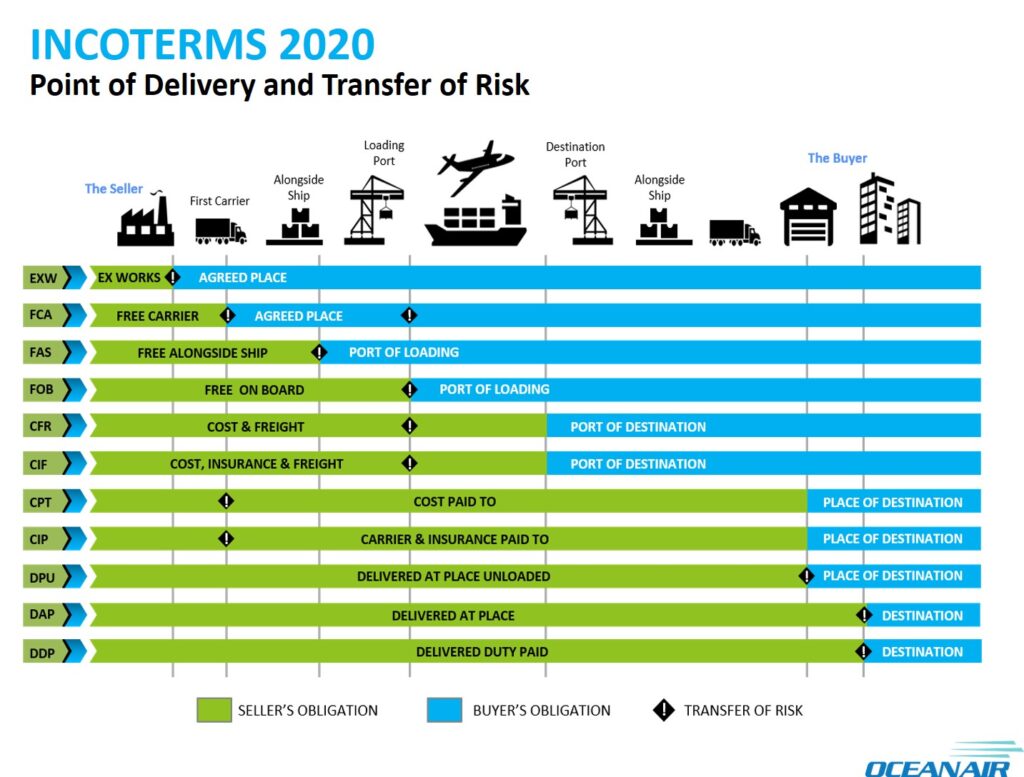
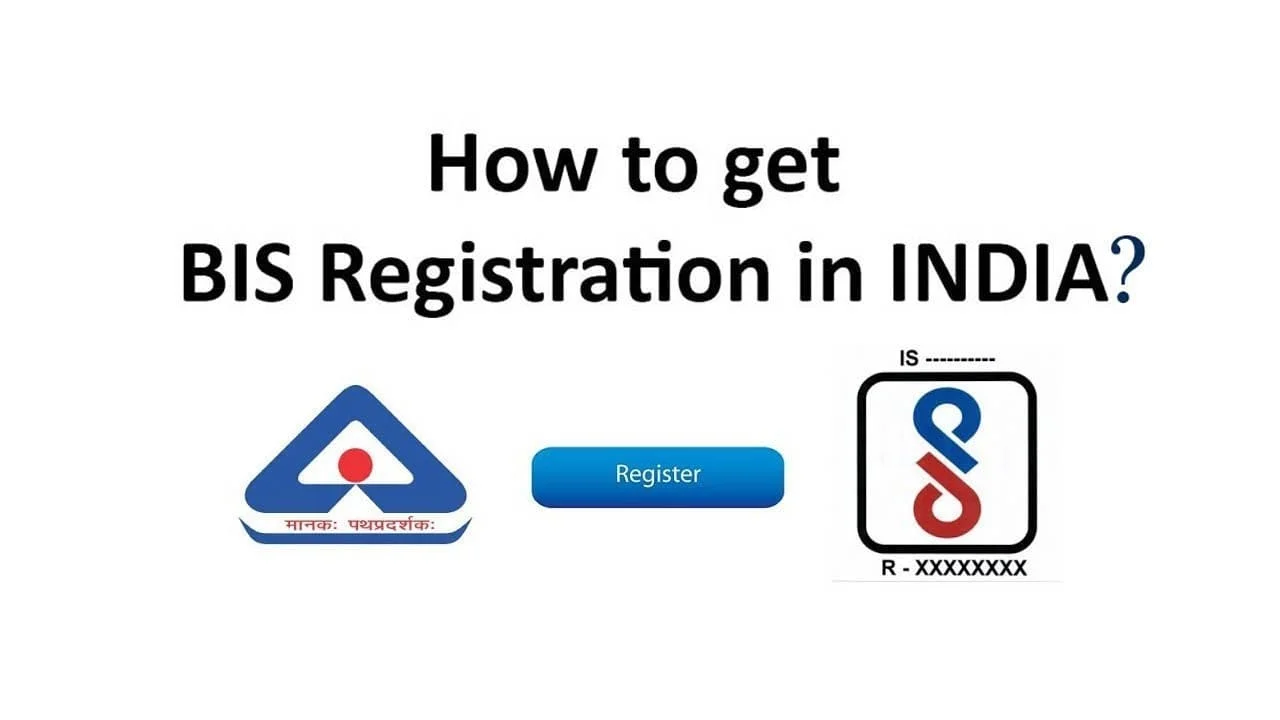
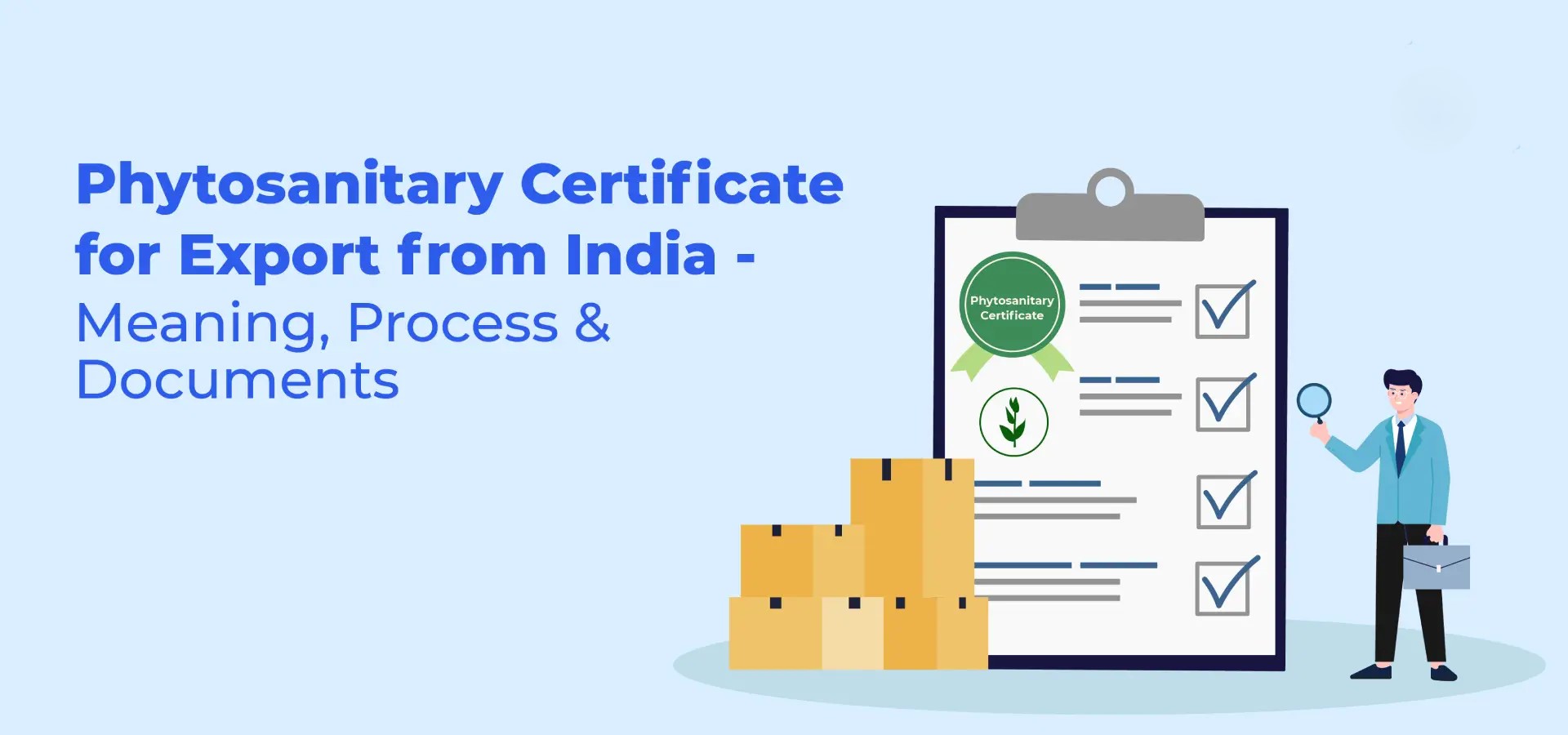
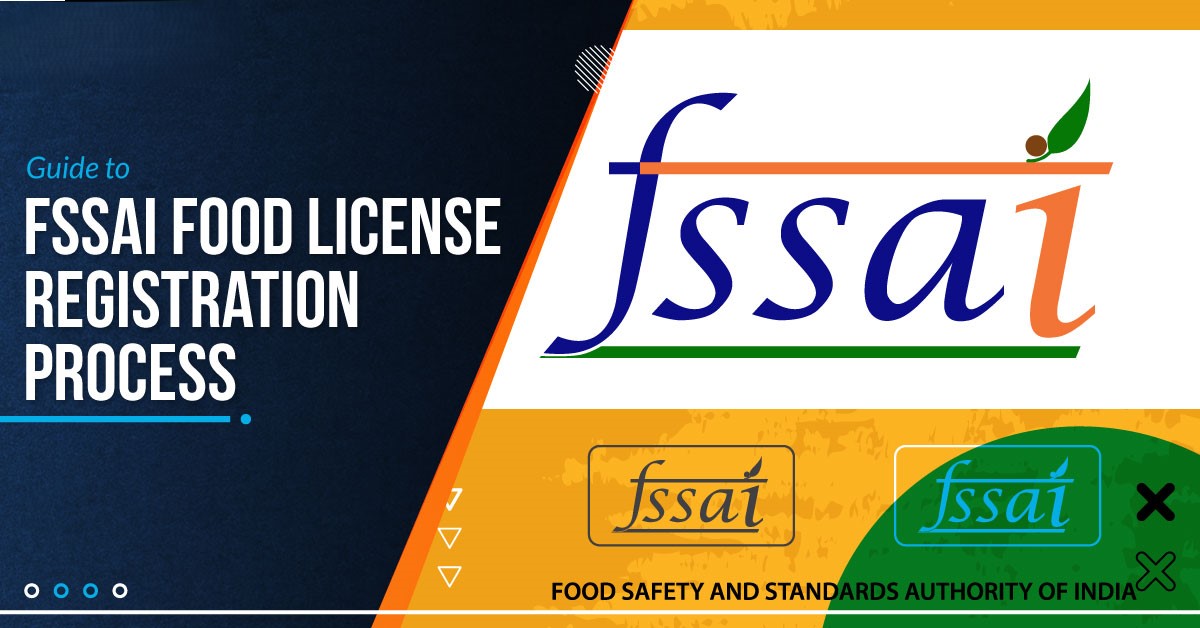
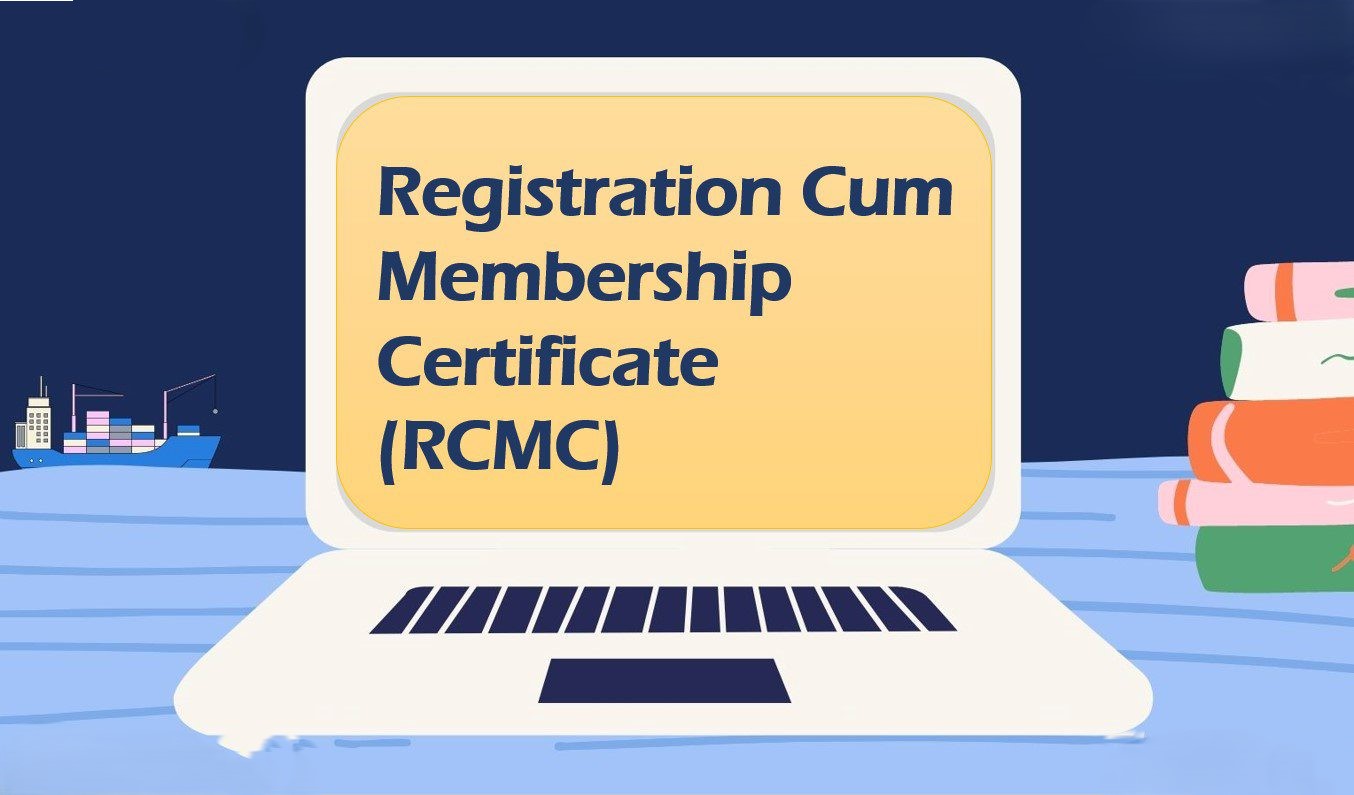
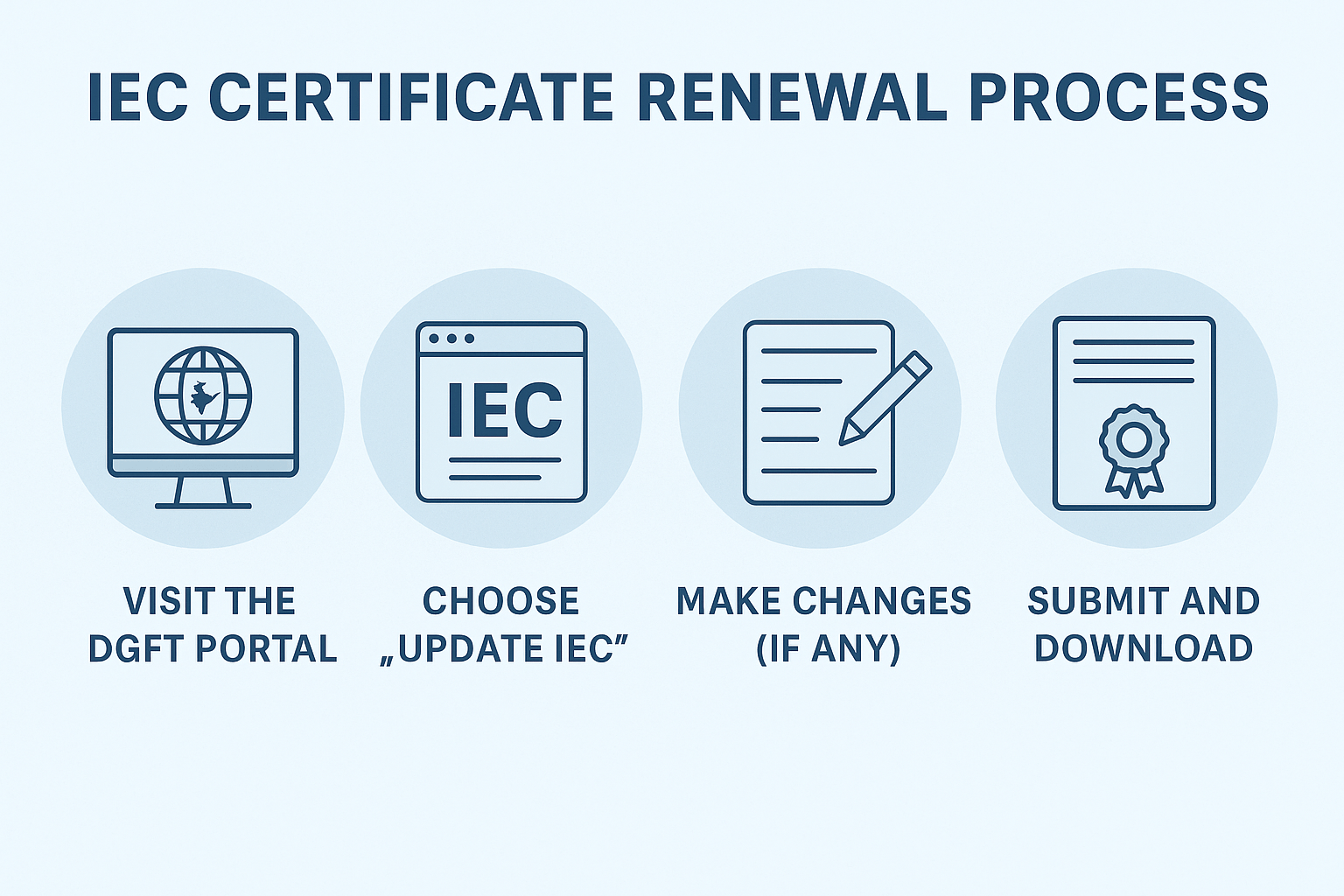
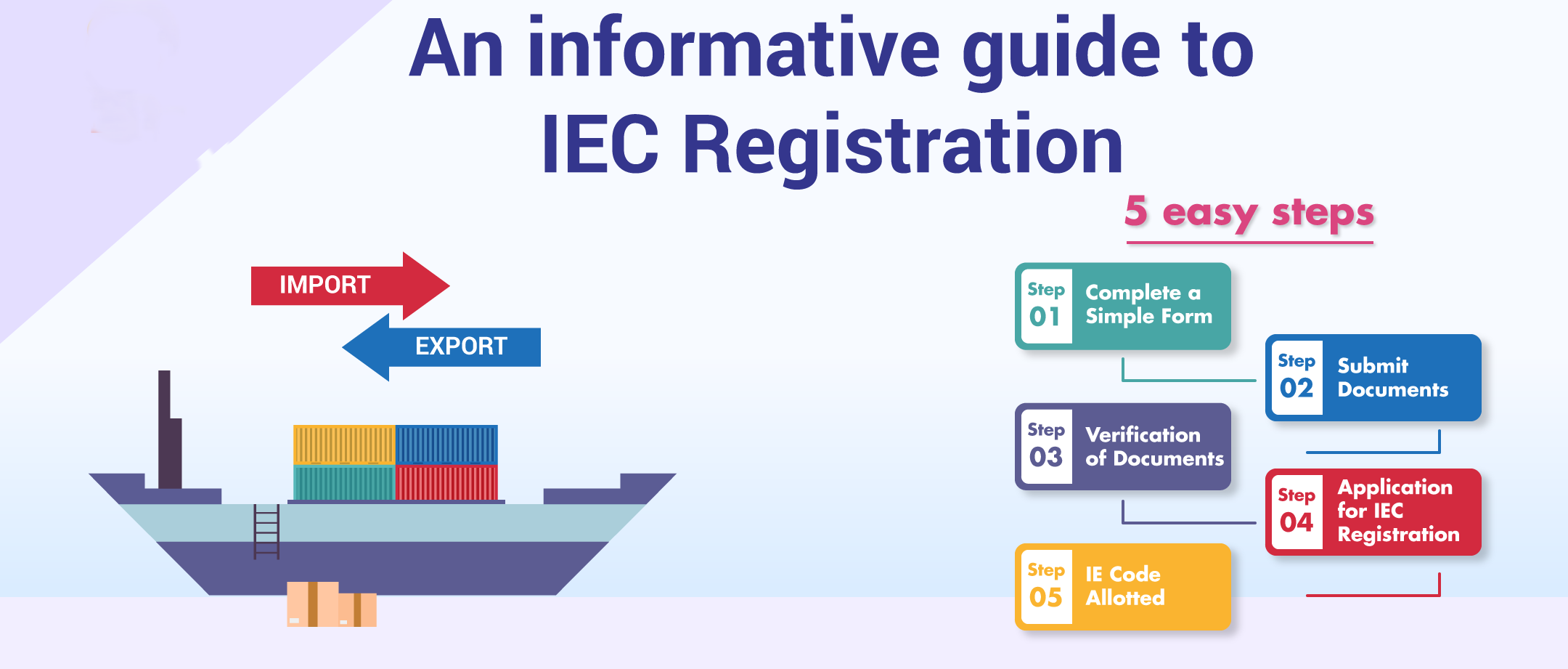
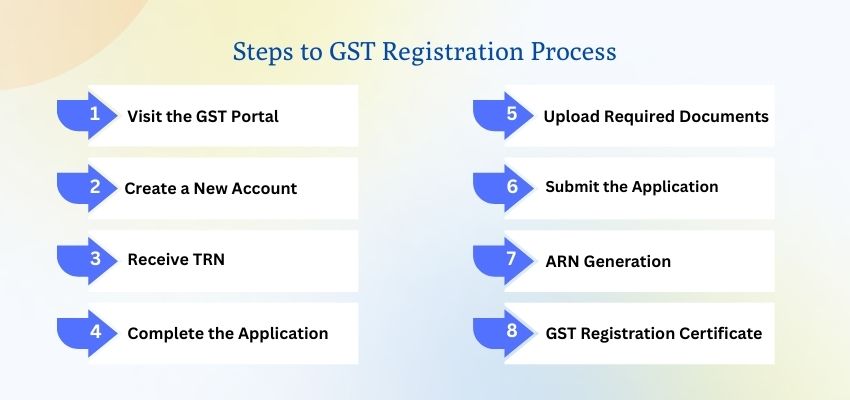
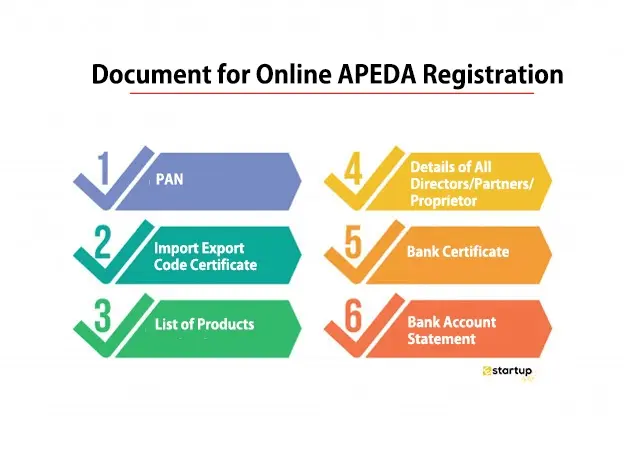
Comments
Add new comment